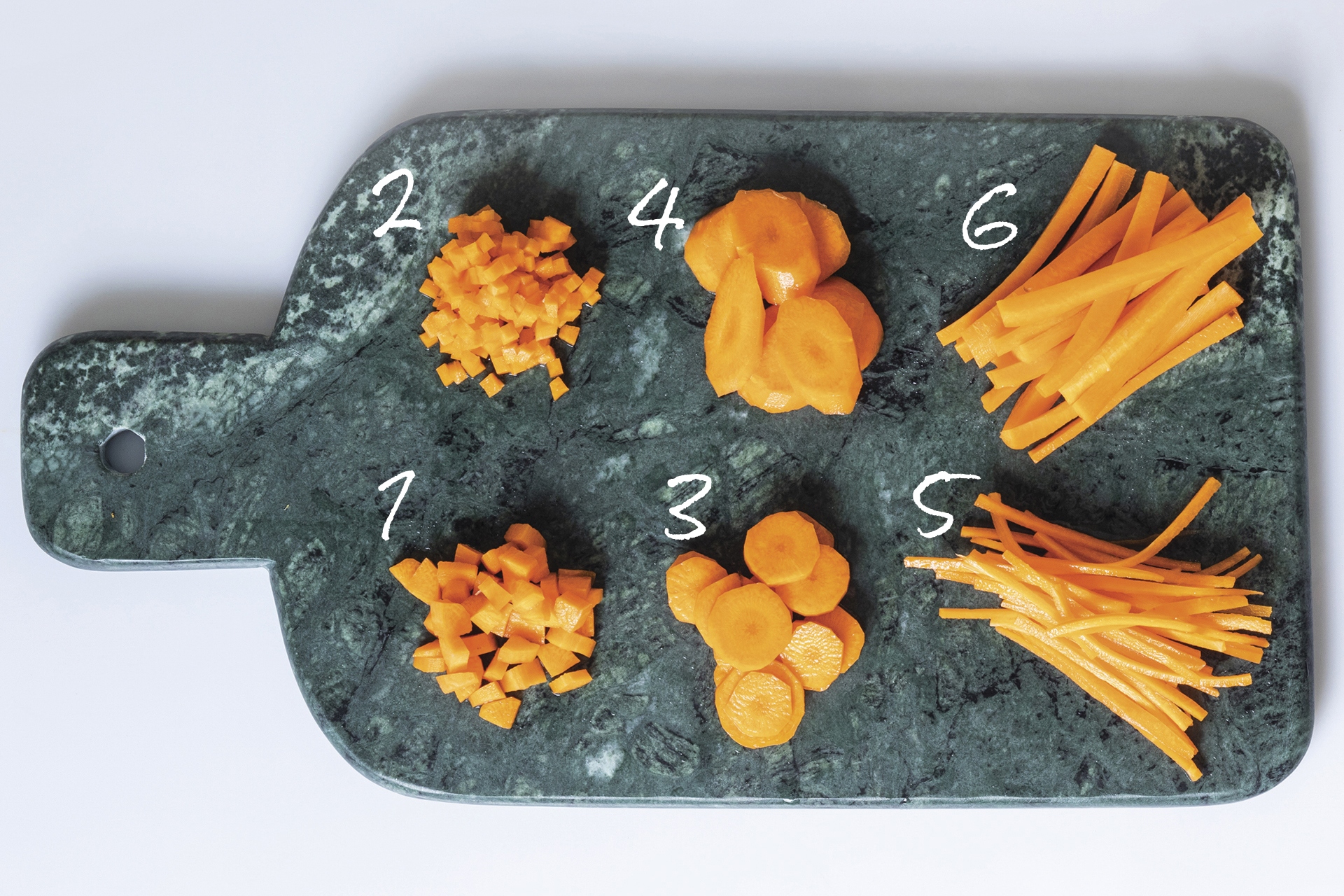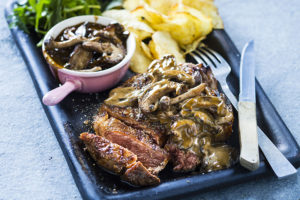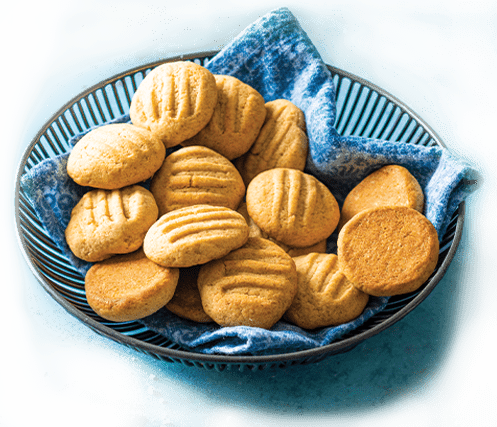Knife skills can be daunting, so step back and relax, we’ve got this! You might be wondering – and rightfully so: is it even important how you cut an ingredient if it’s going into a pot where you might not even see it in the end? Boy, are we glad you asked!
Firstly, respect that knife – yes, it’s sharp and you need to be careful, but don’t be scared. It’s here to help! Remember, a sharper knife is safer as it is less likely to slide off.
Each cut has a purpose: not to look exactly the same or be aesthetically pleasing – thank goodness – but to ensure ingredients are cut to the same size so they can cook evenly. The thickness or size it is cut to will determine how long it needs to cook. Will it go soft or stay crunchy? Will it release more or less flavour? Cutting your vegetables to the right size, it turns out, is rather important after all.
Here are the basics knife cuts you should know:
1. Rough chop
This is great for quick frying or stewing methods. Known as the ‘all-purpose’ cut for most recipes.
2. Fine chop or dice (or brunoise, as the French say)
Great for salads, salsas and dishes where the ingredients are visible in their raw state. Works well for quick sauces or quick frying methods.
3. Sliced rounds
Great for stocks, stews and sauces. Generally used for food that has a longer cooking time, hence they are cut slightly bigger so as not to disintegrate completely.
4. Diagonal or oblique cut
Many older cookbooks still use this method of chopping. Much like the rounds, it works well in dishes that have a long cooking time so the vegetables hold their shape while cooking. Used mostly for its visual appeal.
5. Fine julienne
This is also known as the starting point for brunoise – evenly and thinly slicing vegetables in order to cook quickly. Also a great skill for stir-fries or salads.
6. Thick julienne or batons
Veg cut this way will have a longer cooking time and work well poached in broths, in stir-fries or as a side dish sautéed in butter.
Ready to put it into practice? While an onion is a great place to start, we don’t want you to be in tears at the first slice. Try a potato or carrot – they work just as well.
Go on, release your inner master chef!










